Neues Museum
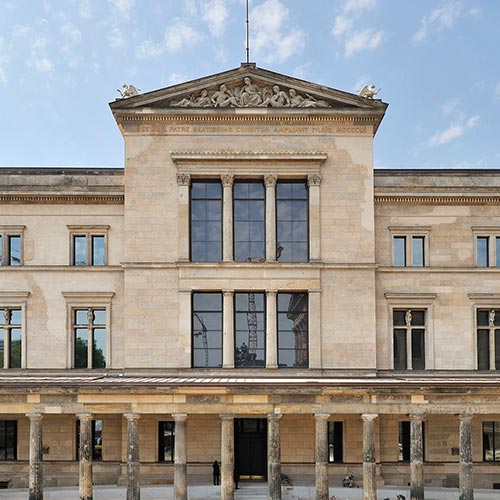
The New Museum opened its doors again on 17 October 2009. This major work of art, museum and technical history of the 19th century was built according to plans by Friedrich August Stüler. It was badly damaged during the World War II and was lavishly restored under the direction of British star architect David Chipperfield. The Egyptian Museum and Papyrus Collection and the Museum of Prehistory and Early History with objects from the Collection of Classical Antiquities find their new home here. The Berlin Egyptian Museum possesses one of the most important collections worldwide comprising also many objects from the Amarna period (around 1,340 AC). The bust of Pharaoh Akhn-aton's wife Nefertiti is probably most spectacular exhibit. Other remarkable objects are the portrait bust of Queen Teje and the "Berlin Green Head". Photo: © Staatliche Museen zu Berlin / Achim Kleuker
Berlin Guide
Highlight :
• Egyptian Museum - Archaeological Museum - Architecture
Opening hours :
• From Tuesday to Sunday 10am-6pm (may vary)
Ticket prices :
• Neues Museum : 16 € (8 €) / Museums Island: 24 € /12 €)
• Buy on-site or online Here or :
• Order the Museumspass for 3 days for just 32 € from home
Address :
• Bodestraße - 10178 Berlin
www.smb.museum
Pergamon Museum
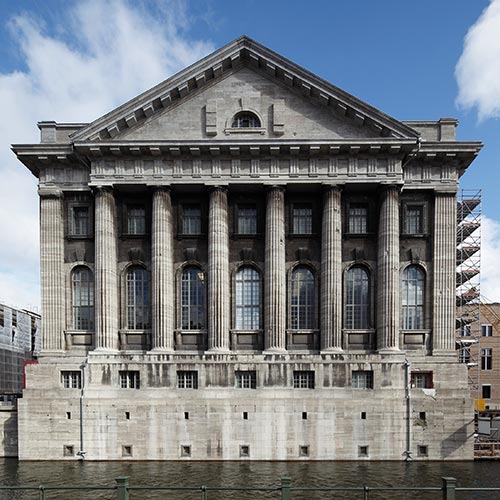
The ensemble of the Museums’ Island was completed by the construction of this museum (1910 - 1930) which became the completed most popular of all! Under one roof, the Pergamon Museum houses some of the finest collections worldwide, including the archaeological collections of the Greek and Roman antiques section with the Pergamon altar (closed until 2019), the Middle and Near East section with the Ishtar gate from ancient Babylon as well as the museum of Islamic Art. The visitor sets out on a journey taking him 6,000 years back, through the history of the advanced civilizations of antiquity, some of them famous and well documented, others lesser known, but nonetheless fascinating. The new welcome centre opened its doors in summer 2019. Photo: © SMB / Achim Kleuker
Berlin Guide
Highlight:
• Pergamon Altar - Ishtar Gate - Market Gate of Miletus - Mshatta Facade - Museum of Islamic Art
Opening hours:
• The museum will be closed for many years :-(
• Alternative: Panorama of Pergamon by Asisi. Information here
Ticket prices:
Address:
• Bodestraße - 10178 Berlin - www.smb.museum
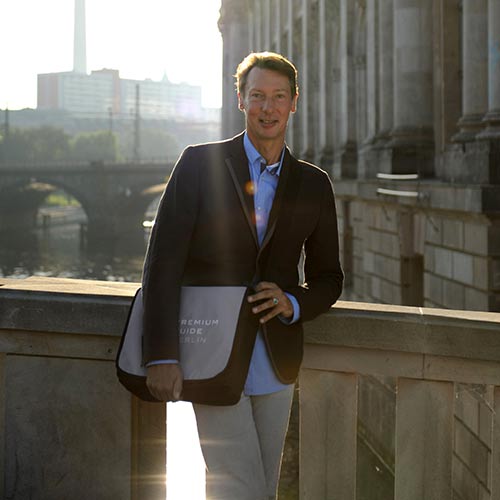

Guided tour : WORLD HERITAGE MUSEUM ISLAND
Over the course of this approximately two-hour walk on Berlin’s Museum Island, which has been a UNESCO World Heritage Site since 1999, I will explain to you how you can trace the different socio-political developments from the architecture of the individual buildings and indeed also the attitude of the respective rulers. The walk, therefore, looks at architecture as a mirror of social realities and change. The tour begins with an explanation of the reconstruction and intended use of the Berlin City Palace as the future Humboldt-Forum. There then follow two short talks as an aside – on columns (development since ancient Greek / Roman times, including the function of classical order attributed to them) and on the creation of the museum genre (the purpose of such establishments up to the present day). This provides the background to the tour’s main areas of emphasis outlined above. The main focus of the guided tour is then a walk passing the individual buildings in the order in which they were built to illustrate the architecture as a mirror of social realities and developments.
Here you can find all city tours of Jean-Pierre Andreae
Gemäldegalerie
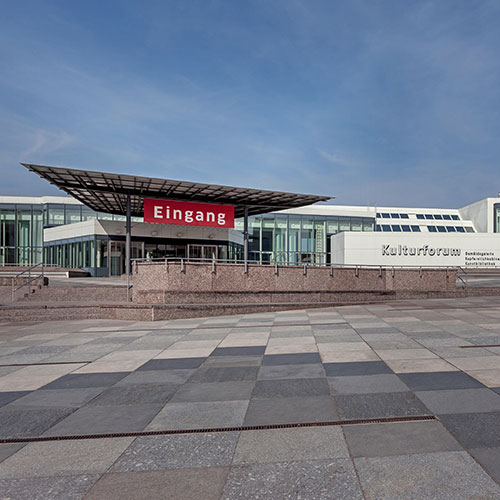
In this gallery you will find another collection of international importance Berlin can boast to possess: European art from the 13th to the 18th century including paintings by all the famous Italian and Dutch masters like Raphael, Tiziano, Caravaggio, Bruegel, Rubens, Vermeer and Rembrandt .
Furthermore the collection, founded in 1830 and systemically enhanced since then, puts emphasis on German late gothic and renaissance painters, above all the works of Dürer, of which more are to be seen at the Museum of Prints and Drawing (Kupferstichkabinett). Six of the 72 rooms are dedicated to a distinguished selection of 18th century painting, presenting works of Canaletto, Watteau, Pesne and Gainsborough. Photo: © Staatliche Museen zu Berlin / Achim Kleuker
Berlin Guide
Highlight:
• Amor as winner of Caravagio - Botticelli's Venus and Rondo - Pierre Brueghel's Dutch idioms - San Sébastien by Rubens - Dürer and Cranach's important collection - and more...
Opening hours:
• Tuesday to Sunday from 10am to 6pm
Ticket prices:
• 12 € (reduced 6 €) / Für Kulturforum: 16 € (8 €)
• Buy on-site or online Here or :
• Order the Museumspass for 3 days for just 29 € from home
Address:
• Matthäikirchplatz - 10785 Berlin - www.smb.museum
Alte Nationalgalerie
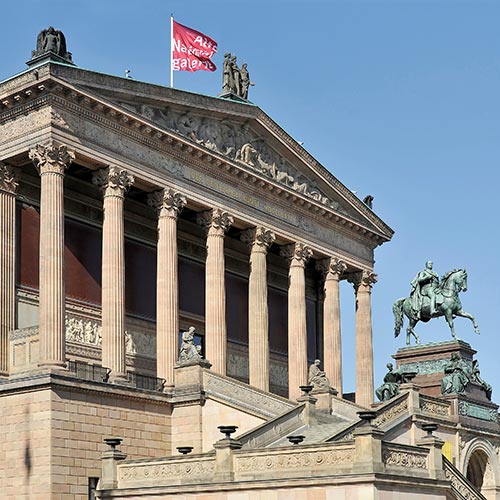
Following the impulse of the Frankfurt national parliament, an artist movement began to call for a museum dedicated to German art. The museum was built from 1866 to 1876 according to plans by Schinkel’s disciple Friedrich August Stüler. The monumental statue in front of the building represents Prussian king Frederick William IV who died in 1860. The gallery’s collection spans the time from the German classical period to early modern painting, comprising romantic, impressionist and expressionist style. Besides the works of famous German painters like Menzel and Liebermann, French impressionists like Monet, Cézanne, Renoir and Manet are also represented. The picture is completed by the sculptures, featuring names like Schadow and Rodin. Photo: © SMB / Maximilian Meisse
Berlin Guide
Highlight:
• Mönch am Meer von Caspar David Friedrich - Die Gießerei von Adolph Menzel - Das Konservatorium bei Edouard Manet - Tilla Turieux - Rodins Denker - Werke von Johann Gottfried Schadow
Opening hours:
• Thursday to Sunday, from 10am to 6pm
• to 8pm
Ticket prices:
• Nationalgalerie : 12 € (6 €) / Museums Island: 24 € /12 €)
• Buy on-site or online Here or :
• Order the Museumspass for 3 days for just 29 € from home
Address:
• Bodestraße - 10178 Berlin
www.smb.museum
Hamburger Bahnhof
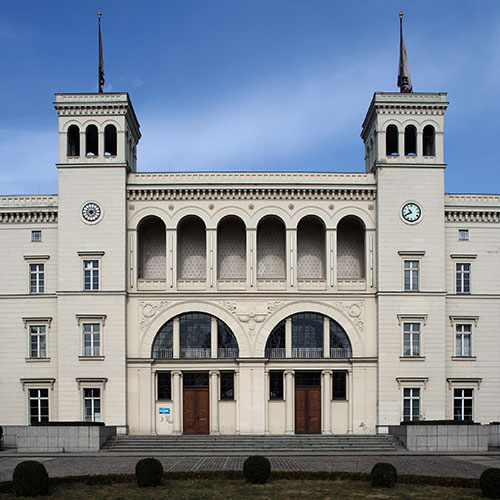
One of the world’s finest collection of contemporary art is to be found in a former railway station building of the Berlin-Hamburg trail, closed down in 1884. It was opened as a museum in 1996, after a thorough rehabilitation and extension directed by Berlin architect Joseph Paul Kleihues (1933-2004). On a space of 13,000 m² you will find anything created in the field of contemporary art of the last four decades: sculpture, design, video, music. Of course, artists like Warhol (Mao’s portrait), Rauschenberg, Twombly and Lichtenstein are also represented in the exhibition.
Another good reason to visit the “Hamburg Station”: Since September 2004, the extraordinary private collection of Friedrich Christian Flick, with an exhibition space of 3,000 m², is also housed on the ground of the museum and will remain there for the next seven years. In the vicinity, the new Berlin main railway station has just opened. So now it is only a 5 minutes walk to the museum, from station to station. Photo: © Staatliche Museen zu Berlin / Maximilian Meisse
Berlin Guide
Highlight :
• Important temporary exhibitions - After the exhibitions: Joseph Beuys, Andy Warhol, Robert Rauschenberg, Cy Twombly, Gerhard Richter, John Cage, Wolf Vostell, Wolf Vostell ...
Opening hours :
• Tuesday, Wednesday, Friday from 10am to 6pm - Thursday 10am-8pm
• Saturday and Sunday From 11am to 6pm
Ticket prices :
• 14 € (reduced 7 €)
• Buy on-site or online Here or :
• Order the Museumspass for 3 days for just 29 € from home
Address :
• Invalidenstraße 50-51 - 10557 Berlin - www.smb.museum
Neue Nationalgalerie
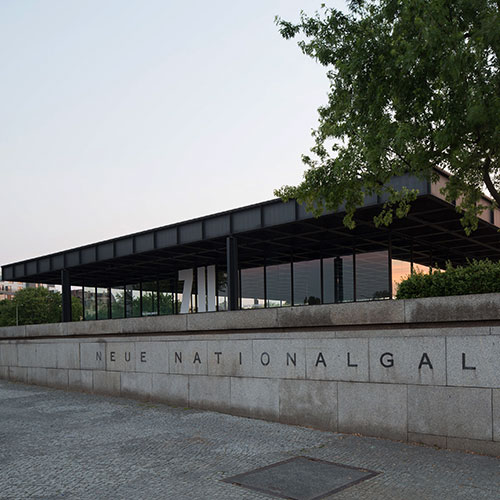
In a showpiece building of modern architecture, designed by famous architect Bauhaus Mies van der Rohe (1886-1969), the National Collections are housed, mainly by artists from the first decades of the 20th century (Art Nouveau is housed in the Alte Nationalgalerie or in the Bröhan Museum), but also by contemporary artists, in order to look at the parallels between these epochs from a new perspective. One of the strengths of the museum is the German Expressionism of the artists of the group "Die Brücke" such as Ernst Ludwig Kirchner, Max Beckmann, Otto Dix or George Grosz. There are also artist groups like "COBRA", "Spur" and "Zero" as well as "Informal" or "New Realism".. Photo: © Staatliche Museen zu Berlin / Thomas Bruns
Berlin Guide
Highlight:
• George Grosz: Columns of the Society - Hannah Höch (Dada): Kitchen Knives - Rudolf Belling: Head in Brass - Christian Schad: Sonja - Frank Stella: Sanbornville I ...
Opening hours :
• Tuesday, Wednesday, Friday from 10 am to 6 pm - Thursday 8pm
• Saturday and Sunday from 10 to 18
Ticket Prices :
• 16 € (reduced 8 €)
• On site or online
• Order the Museumspass for 3 days for just 29 € from home
Address:
• Potsdamer Straße 50 - 10785 Berlin (near Potsdamerplatz)
www.smb.museum
German Historical Museum

The German Historic Museum consists of two buildings: The Baroque Armoury, the oldest and probably finest structure on the Linden avenue, which houses the permanent exhibition and a modern extension, work of the famous American architect L.M. Pei, where temporary exhibitions on topics related to German or European history of the 20th century are shown. The aim of the permanent exhibition in the Berlin Armoury, which used to be a military museum at different stages of its history, is educational, but on a scale that has not been attempted before. More than 8,000 objects illustrate German history, starting from the first century AC until the present day. At present, only the Pei Bau is open for temporary exhibitions.
Berlin Guide
Highlight :
• Historical objects such as a tricorn by Napoleon or the uniform of Frederick the Great - Famous historical paintings - Extensive presentation of the dark periods of German history in the 20th century.
Opening hours :
• Every day from 10am to 6pm
Ticket prices :
• 7 € (reduced 3,50 €) / -18 years old free
• On site or :
• Order the Museumspass for 3 days for just 29 € from home
Address :
• Unter den Linden 2 - 10117 Berlin
www.dhm.de
Berlin Wall Memorial - Bernauer Strasse
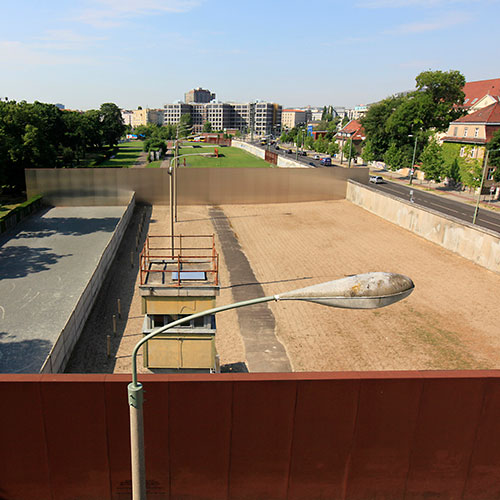
An open-air exhibition over a length of 1.4 km was conceived at this historic site on the former border area. On the site stands the last section of the Berlin Wall, which is still intact in its entirety, as was the case with the border fortifications before the fall of the Berlin Wall in 1989. The various audiovisual information points provide a better understanding of the history of the division of Germany. Two buildings are also used as a documentation and information centre with a platform to better understand the tragedy of the Berlin division. A must for everyone interested in the history of the Wall and the division. In the Topography of Terror and the East Side Gallery you will also see a section of the Berlin Wall. Photo: © Stiftung Berliner Mauer, Foto J. Hohmuth
Berlin Guide
Highlight :
• Presentation according to themes along the street in connection with original relics from before 1989 - Numerous historical films and documentaries in many languages.
Opening hours :
• Centrum: Tuesday to Sunday from 10am to 6pm
• outdoor area: Daily from 8am to 8pm
Ticket prices :
• Free entrance
Address :
• Bernauer Straße 111 - 13555 Berlin - Web
• Make also a City tour In Prenzlauer Berg.
Jewish Museum
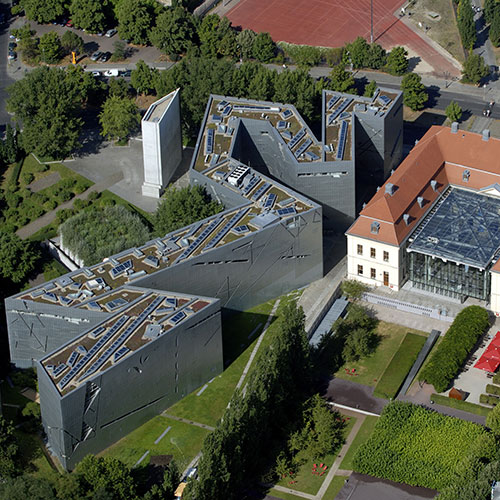
Although it probably will never be put into reality, Daniel Libeskind’s plan for the new towers on Ground Zero in New York has gained some fame But Berlin’s Jewish Museum is really the architect’s masterpiece. The building already attracted numerous visitors even when the rooms were still empty. Today it houses an excellent exhibition about the long and rich history of Jews in Germany whose presence goes back as far as to the 4th century BC. Since its inauguration in 2001 the Museum has become widely popular with Germans as well as tourists from abroad.
People from all over the world contributed to the collection of mementos by donating their personal documents and objects thus adding life and enabling a more personal approach to the bare facts. In Berlin, Jewish Families played an important part in the development of the city. Most of the times, relations between Jews and Germans were peaceful, until the rise of anti-Semitic ideology and its horrific consequences. The years of the Third Reich, when the Jewish population was diminished from 170,000 in 1930 to only 6,000 at the end of WWII, are also reflected in the exhibition. A museum not to be missed! Photo: © Jewish Museum Berlin, Photo: Günter Schneider
Berlin Guide
Highlight:
• Axis of the Exile - Axis of the Holocaust - "Voids" - Installation Schalechet (fallen leaves) by Menashe Kadishman
Opening hours:
• Every day from 10am to 6pm
• Find special opening times here
Ticket prices:
• Free admission
• Tickets on-site or online Here or :
• Order the Museumspass for 3 days for just 32 € from home
Address:
• Lindenstraße 9–14 - 10969 Berlin - www.jmberlin.de
Topography of Terror
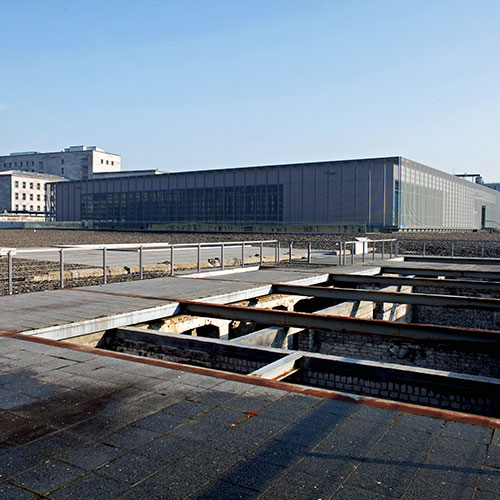
On this ground lay the headquarters of central institutions of the nationals-socialist oppressive machinery. In the immediate neighbourhood of Hitler's New Chancellery the Gestapo, SD, SS and the Security Authority of the Reich were located between 1933 and 1945.
After the war, only a few ruins remained of the buildings, forgotten in the shadow of the wall. Much later, the foundations of the former prison were excavated, the basement cells where prisoners had been questioned and tortured now lying bare. In the 1980s, a photo and text exhibiton was planned in order to show the history of the place where "germanisation" and mass extermination were planned. Just behind the "topography", lining Niederkirchnerstraße, there is a surviving segment of the Berlin wall.
Your city guide Jean-Pierre Andreae offers city guided tours on the theme of 20th century German history.
Photo: © Stiftung Topographie des Terrors
Berlin Guide
Highlight :
• Open-air exhibition during the summer season with prison and place of torture - Museum by theme and country (France with the history of Oradour-sur-Glane) - Documentation in many languages - The centre is 5 minutes from Checkpoint Charlie
Opening hours :
• Every day from 10am to 8pm
• Except holidays (24.12 31.12 01.01)
Ticket prices :
• Free entrance
Address :
• Niederkirchnerstraße 8 - 10963 Berlin
www.topographie.de
German Museum of Technology

Close to Potsdamer Platz, this technical cultural forum has its unmistakable location: at the Gleisdreieck on the site of the former Anhalter Güterbahnhof. The large museum park with wind and water mills, smithy and brewery is a natural oasis in the middle of the city.
The contemporary architecture of the new building for shipping and aviation blends into the historical site, which has grown since 1874, to form an exciting unity. With the "raisin bomber" on the façade, the extension building sets an important urban accent.
The German Museum of Technology conveys a multi-faceted spectrum of old and new technology and its manifold references to the cultural and everyday history of mankind. With its daily demonstrations, visitor activities and guided tours, it is an interactive place of learning and experience.
An extensive technical-historical library and the historical archive complete the offer. Text: © SDTB / Photo: Clemens Kirchner
Berlin Guide
Highlight :
• Telefon of Graham Bell - Z1 of Konrad Suse (1. computer of the world)
Opening hours :
• Tuesday to Friday from 9am to 5:30pm
• Saturday and Sunday from 10am to 6pm
Ticket prices :
• 12 € (6 €) / Under 18 : Free entrance from 3pm
• On site or :
• Order the Museumspass for 3 days for just 29 € from home
Address :
• Trebbiner Str. 9 - 10963 Berlin - www.sdtb.de
Bauhaus-Archiv
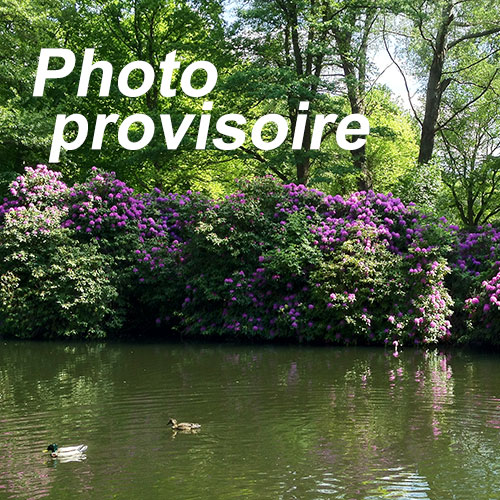
The museum with its characteristic silhouette was built after plans of Walter Gropius, founder of the Bauhaus. It is also a research centre for the Bauhaus movement, definitely 20th century’s most influential school of design. The archive, originally founded in Darmstadt in 1960, moved to Berlin in 1971. Although many famous architects, like Mies van der Rohe whose New National Gallery is just around the corner, emerged from the Bauhaus, it was not intended to be a school of architecture. The goal was to form a new type of artist beyond academic specialisation. Famous painters like Kandinsky and Klee were among the members. According to the ideas of the Bauhaus, the distinction between fine and applied arts, including handcraft which was regarded as the base of any art, should disappear. Besides the permanent exhibition which includes objects from all Bauhaus-promoted branches like ceramics, metalwork, furniture, photography and, of course, painting and architecture. There are also temporary exhibitions.
Berlin Guide
Highlight (alternate) :
• While you are waiting for the museum to reopen, we recommend that you visit the BAUHAUS housing estates in Berlin, which are registered with UNESCO: Carl Legien Siedlung, Britz, Falkenberg, Simenstadt and the White City (Weiße Stadt).
Stadtführung :
• LatLon offers architectural guided tours including a special tour of the Hansaviertel, linked to the Stalinist Karl-Marx-Allee, also built in the 1950s.


Guided tour in Berlin : MUSEUM ISLAND
Over the course of this approximately two-hour walk on Berlin’s Museum Island, which has been a UNESCO World Heritage Site since 1999, I will explain to you how you can trace the different socio-political developments from the architecture of the individual buildings and indeed also the attitude of the respective rulers. The walk, therefore, looks at architecture as a mirror of social realities and change. The tour begins with an explanation of the reconstruction and intended use of the Berlin City Palace as the future Humboldt-Forum. There then follow two short talks as an aside – on columns (development since ancient Greek / Roman times, including the function of classical order attributed to them) and on the creation of the museum genre (the purpose of such establishments up to the present day). This provides the background to the tour’s main areas of emphasis outlined above. The main focus of the guided tour is then a walk passing the individual buildings in the order in which they were built to illustrate the architecture as a mirror of social realities and developments.
Here you can find all city tours of Jean-Pierre Andreae
Charlottenburg Palace

Most of the historic monuments of Prussian history lie in the city centre which formerly belonged to East Berlin. The palace of Charlottenburg is the finest exception. It may seem difficult to imagine that the city of Berlin did not reach yonder the Brandenburg Gate until the beginning of the 20th century. Charlottenburg was an independent and wealthy town, owing its origin to the construction of a summer residence for the elector Frederick III around the year 1700. After he had become king (Frederick I) the structure was amplified and, in 1705, it was given the name of his late wife Sophie-Charlotte. The ensemble was extended under his successors, Frederick the Great (II) in particular. It was seriously damaged by bombings in 1943 and almost pulled down after the end of the war. Luckily, reconstruction was agreed and nowadays we can tell it was worthwhile.
You should take your time for a visit of the palace and the gardens, kept partly in French Baroque, partly in English style. Have a look at the chambers of Frederick I and Queen Sophie Charlotte and the Knobelsdorff wing where Frederick II used to lodge.
Berlin Guide
Highlight :
• We recommend a visit to the New Pavilion by Karl Friedrich Schinkel von Karl Friedrich Schinkel with 8 paintings by Caspar David Friedrich.
Opening hours :
• Opening hours vary depending on the castle and season
• Tuesday to Sunday from 10am to 16/5:30pm
Ticket prices :
• Between 4 and 12 € / All palaces 19 €
• Buy on-site or online Here
Address :
• Spandauer Damm 10-20 - 10178 Berlin - www.spsg.de
Knoblauch House
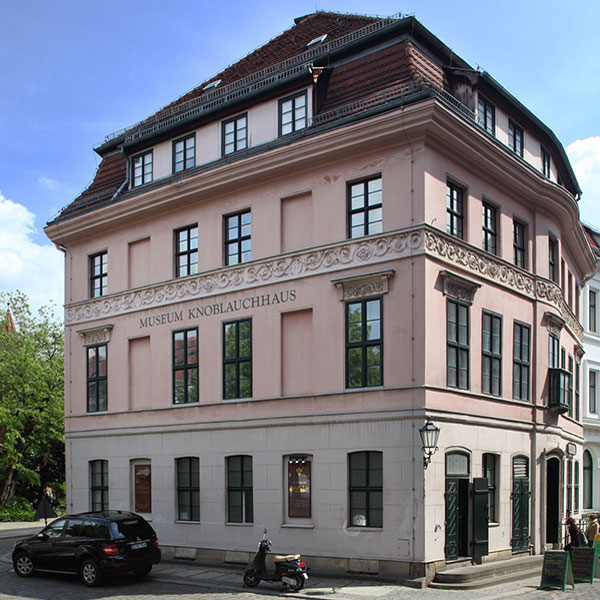
The Knoblauchhaus brings the Berlin Biedermeier to life and gives you an insight into the bourgeois family life of the 19th century with a very beautiful collection of furniture, paintings, porcelain and photography of the Family Knoblauch (needle and needle makers), who built the building in 1759. This house is one of the few preserved houses of this time in Berlin and deserves a free visit (donations are welcome). It is part of the city's museums.
The house is located next to the town hall in the Nikolai quarter, which was rebuilt by the GDR to mark the 750th anniversary of the city of Berlin. In this pedestrian zone you will find many restaurants, souvenir shops and craft shops. You can also visit the Nikolai Church, which is also part of the city's museums.
Berlin Guide
Highlight :
• Presentation on 3 floors (! very steep stairs) of the history of the Family Knoblauch and the life in the 19th century - Nikolaiviertel, which you can visit during your stay in Berlin (reconstruction of old Berlin).
Opening hours :
• Tuesday to Sunday from 10am to 6pm
Ticket prices :
• 5 € - 15 € for all three museums in the Nikolai quarter
Address :
• Poststraße 23 - 10178 Berlin
• Beside the town hall and the Berlin Palace
www.stadtmuseum.de
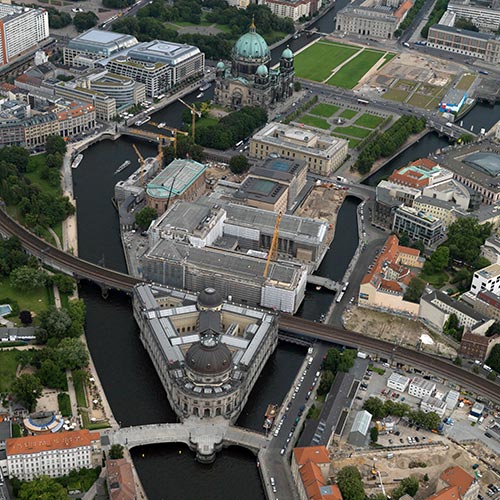 Berlin is not only worth a visit for its history, but also for its extraordinary museums, which are among the most important in the world. For example, the Museums Island with its jewels, including the imposing Ishtar-Gate and the Miletar-Market-Gate, the Pergamon Altar and the beautiful Nefertiti. Soon all the museums will be connected by an archaeological promenade that will make the island a unique museum complex.
Berlin is not only worth a visit for its history, but also for its extraordinary museums, which are among the most important in the world. For example, the Museums Island with its jewels, including the imposing Ishtar-Gate and the Miletar-Market-Gate, the Pergamon Altar and the beautiful Nefertiti. Soon all the museums will be connected by an archaeological promenade that will make the island a unique museum complex.

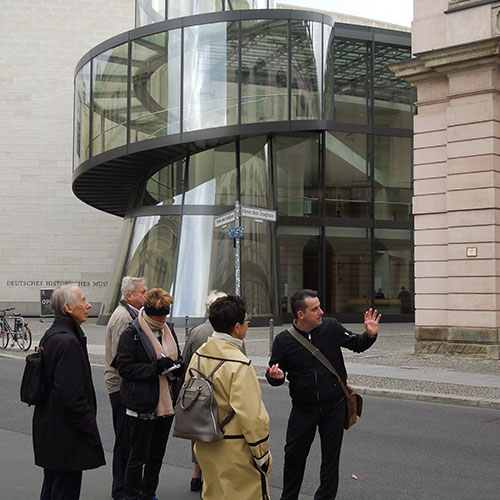




 Berlin has diverse and very exciting art museums, the reason being Berlin's history; "academic" purchases by the kings of Prussia, others since 1871, when Berlin became the capital of the Second Reich, with the desire to surpass other countries, and of course, with the division of Berlin, the competition of systems led to new museums. Berlin was also a cradle of artistic renewal a century ago.
Berlin has diverse and very exciting art museums, the reason being Berlin's history; "academic" purchases by the kings of Prussia, others since 1871, when Berlin became the capital of the Second Reich, with the desire to surpass other countries, and of course, with the division of Berlin, the competition of systems led to new museums. Berlin was also a cradle of artistic renewal a century ago.

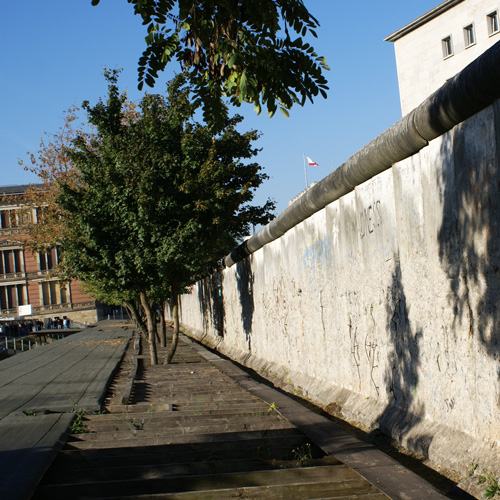 When you travel to Berlin, it is of course the torn history of the capital that keeps your mind busy. On the one hand, various historical museums allow you to inform yourself, and on the other hand, the places where the terror was organized are there to better understand history without many words. To complete this, memory has an important place in Berlin with various official sites. We recommend that you vary your selection of museums in this way.
When you travel to Berlin, it is of course the torn history of the capital that keeps your mind busy. On the one hand, various historical museums allow you to inform yourself, and on the other hand, the places where the terror was organized are there to better understand history without many words. To complete this, memory has an important place in Berlin with various official sites. We recommend that you vary your selection of museums in this way. 



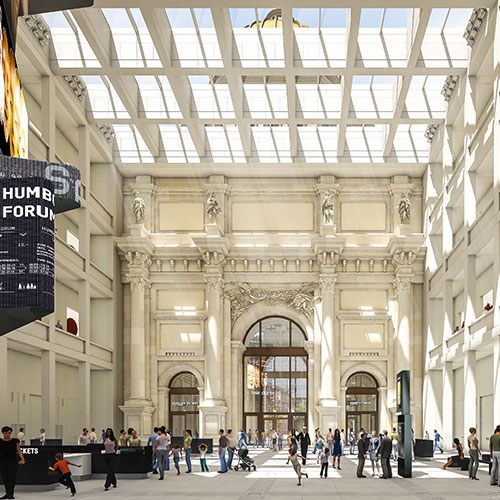 170 museums in Berlin are waiting for you! On this page you will only find the essentials (50), but depending on your interest you will find museums in Berlin on all topics such as cannabis museum, typography, press, fire brigade, cats, magic, Stickers, police, Trabis or sugar. So take a little more time for your stay in Berlin? 6 months is enough!
170 museums in Berlin are waiting for you! On this page you will only find the essentials (50), but depending on your interest you will find museums in Berlin on all topics such as cannabis museum, typography, press, fire brigade, cats, magic, Stickers, police, Trabis or sugar. So take a little more time for your stay in Berlin? 6 months is enough! 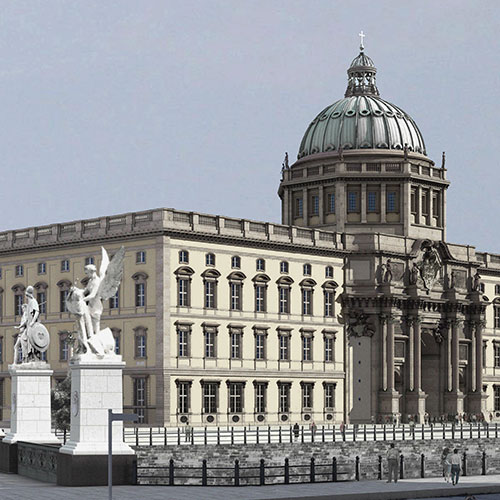


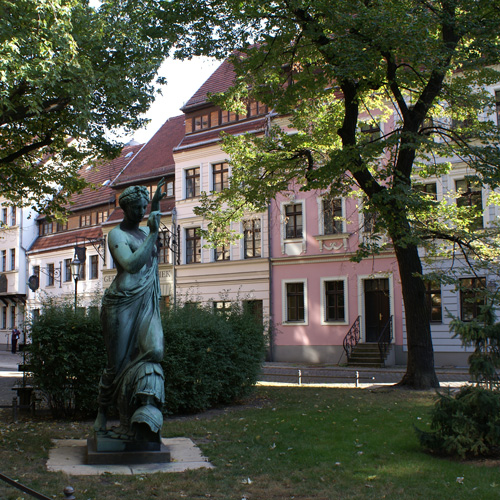 A large part of the museum comes from the Prussian heritage of the Hohenzollern, so that a visit to a palace in Berlin is indispensable, there are 30 palaces in the region, mainly near Potsdam (45-60 minutes from Berlin), which we present to you on LatLon-Potsdam. Below you will find the Berlin City Museums, which give you a complete overview of Berlin's history from its foundation to the present day
A large part of the museum comes from the Prussian heritage of the Hohenzollern, so that a visit to a palace in Berlin is indispensable, there are 30 palaces in the region, mainly near Potsdam (45-60 minutes from Berlin), which we present to you on LatLon-Potsdam. Below you will find the Berlin City Museums, which give you a complete overview of Berlin's history from its foundation to the present day
